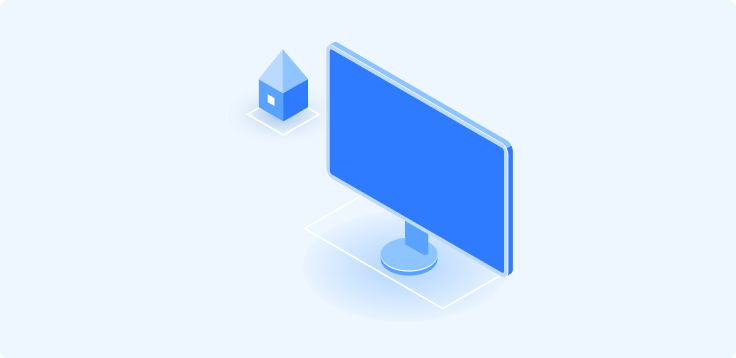Jun 20, 2024
Public Web Data Collection Doesn’t Need to Be Expensive. Really!

Ever heard of data scraping and thought it sounded like something only tech geniuses and Fortune 500 companies could afford? Well, here's a little something you need to know: it doesn't have to be that way people! Data scraping can be as pocket-friendly as a cup of coffee. Really! Let’s dive into how public web data collection can be done efficiently and affordably. Spoiler alert: You won’t need to sell your car or take out a loan.
What is Data Scraping?
First things first: what exactly is data scraping? Simply put, data scraping is the process of automatically extracting information from websites. Think of it as having a super-efficient assistant who can browse the internet and gather all the data you need in record time. Whether it's prices from an online store, reviews for a new gadget, or the latest trends on social media, data scraping can collect it all.
Why Do You Need Data Scraping?
You might be wondering, “Why should I care about data scraping?” Good question! Here are a few reasons why data scraping is awesome:
1. Market Research: Want to know what your competitors are up to? Data scraping can help you gather competitive intelligence.
2. Price Monitoring: Stay ahead of the game by keeping tabs on market prices.
3. Content Aggregation: Collect the latest news, articles, or blog posts on topics of interest.
4. Lead Generation: Gather contact information from potential customers.
The Myth of Expensive Data Scraping
Many believe that data scraping is an expensive venture reserved for tech giants. But that’s just a myth! There are plenty of affordable ways to get started with data scraping. Let’s debunk this myth once and for all.
Affordable Data Scraping Tools
Here are some budget-friendly data scraping tools that won’t break the bank:
1. Beautiful Soup: A Python library that’s perfect for beginners. It’s free, open-source, and easy to use.
2. Scrapy: Another Python library that’s slightly more advanced but incredibly powerful. Also free!
3. Octoparse: A user-friendly tool with a free plan and affordable subscription options for more advanced features.
4. ParseHub: Offers a free plan with the option to upgrade for more complex scraping tasks.
DIY Data Scraping: A Step-by-Step Guide
You don’t need to be a coding whiz to get started with data scraping. Here’s a simple step-by-step guide using Beautiful Soup:
1. Install Beautiful Soup and Requests:
2. Write Your First Script:
3. Extract Data:
Tips for Cost-Effective Data Scraping
1. Start Small: Begin with free tools and small projects. As you get more comfortable, you can explore paid options.
2. Use Proxies: Avoid getting blocked by websites by using proxies. Many providers offer affordable packages.
3. Stay Legal: Always check the website’s terms of service. Make sure you’re not violating any rules.
4. Optimize Your Code: Efficient code means faster scraping and less resource usage, saving you time and money.
Common Pitfalls and How to Avoid Them
Even though data scraping can be budget-friendly, there are common pitfalls to watch out for:
1. IP Blocking: Scrape too aggressively, and websites might block your IP. Solution? Use proxies!
2. Dynamic Content: Some websites use JavaScript to load content, which can be tricky to scrape. Tools like Selenium can help.
3. Data Quality: Ensure the data you scrape is clean and accurate. Spend some time on data validation and cleaning.
Wrapping Up: Data Scraping on your Budget
So, data scraping doesn’t have to drain your wallet. With the right tools and a bit of know-how, anyone can start collecting public web data efficiently and affordably. So, put your fears aside, grab a cup of coffee, and dive into the world of data scraping. You’ll be amazed at what you can achieve without spending a fortune.
You might like these, too
Price Monitoring · 5 minutes read
Data Collection · 4 minutes read
Data Collection · 5 minutes read
